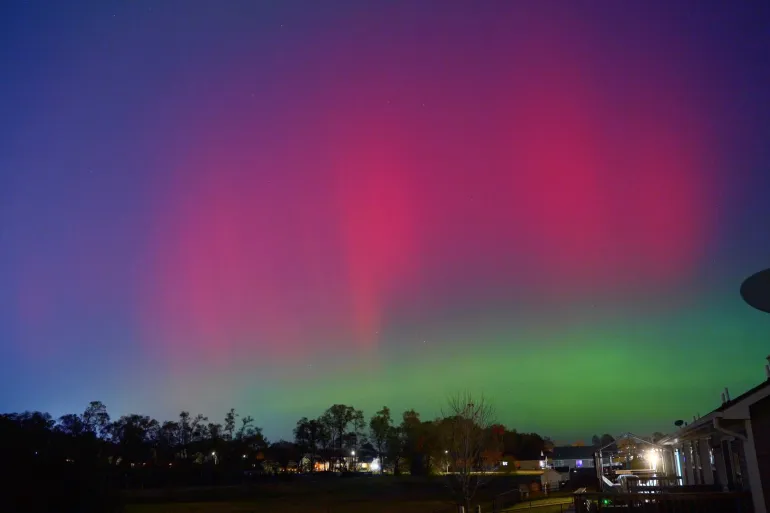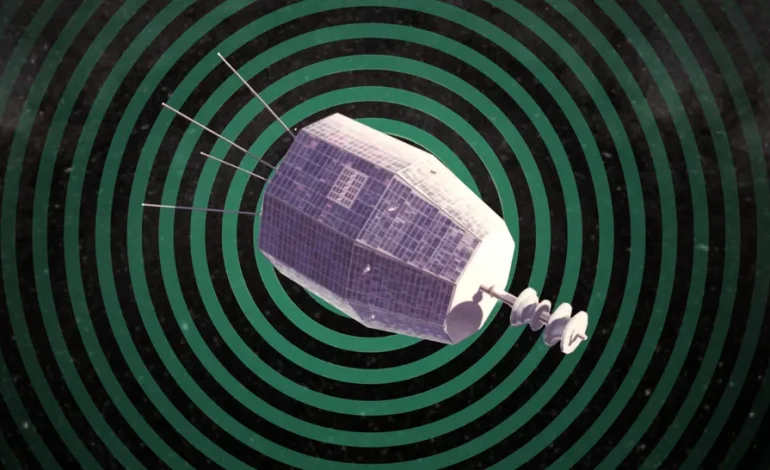A powerful radio signal initially believed to be a rare fast radio burst (FRB) from deep space has been traced to an unexpected source much closer to home — a long-inactive NASA satellite, Space.com reports.
The finding, made by astronomers using the Australian Square Kilometer Array Pathfinder (ASKAP), sheds light on both satellite behavior and the challenges of interpreting cosmic signals.
The signal, detected in June 2024, was remarkable for its intensity and brevity, lasting just under 30 nanoseconds. Originally classified as a potential FRB — high-energy radio pulses typically originating from galaxies billions of light-years away — the signal was eventually linked to Relay 2, a communications satellite launched by NASA in 1964 and inactive since the late 1960s.
“This was a chance discovery made while searching for FRBs,” said astrophysicist Adam Deller of Swinburne University of Technology. “Despite being known for almost 20 years, the exact origin of FRBs remains unknown, though many theories suggest highly magnetized neutron stars, or magnetars, as likely sources.”
The signal, now dubbed a “pseudo-FRB,” initially puzzled astronomers because it shared characteristics with true FRBs but came from a much closer distance — roughly 2,800 miles (4,500 km) from Earth.
Relay 2’s emission was detected as ASKAP happened to be scanning the part of the sky it occupied. The fact that the signal came from such proximity — in contrast to the billions of light-years that separate us from known FRB sources — explained its apparent brightness.
“This object came out blurry in our observations, which indicated it was nearby,” said Clancy W. James of Curtin University. “That ruled out an astronomical source.”
While it might seem disappointing that the signal wasn’t a new cosmic discovery, researchers saw the investigation as a valuable opportunity.
“It was like solving a puzzle,” said Marcin Glowacki of the University of Edinburgh. “It also shows the potential of radio telescopes like ASKAP in satellite monitoring.”
The team explored several theories for how a satellite that’s been dormant for nearly 60 years could produce such a signal. One possibility is electrostatic discharge (ESD) — a spark caused by built-up electric charge on the satellite’s surface. Another hypothesis involves a micrometeorite impact, which could have triggered a short burst of radio waves.
Still, both theories come with limitations. ESD sparks typically last far longer than the 30-nanosecond burst detected, and micrometeorite strikes at the right speed and size are rare.
“Despite the excitement of identifying the source, we still don’t know exactly how Relay 2 produced such a signal,” said Glowacki. “It may take additional detections to develop a clear explanation.”
The event has broader implications for space research. As satellite traffic increases, distinguishing between man-made signals and genuine astrophysical events becomes more important. The researchers emphasized that other FRBs are unlikely to be similar false positives due to advanced tracking and signal dispersion analysis.
“Most FRBs are pinpointed to specific galaxies, far beyond our solar system,” Deller said. “This signal had no such dispersion, indicating it came from nearby.”










The latest news in your social feeds
Subscribe to our social media platforms to stay tuned